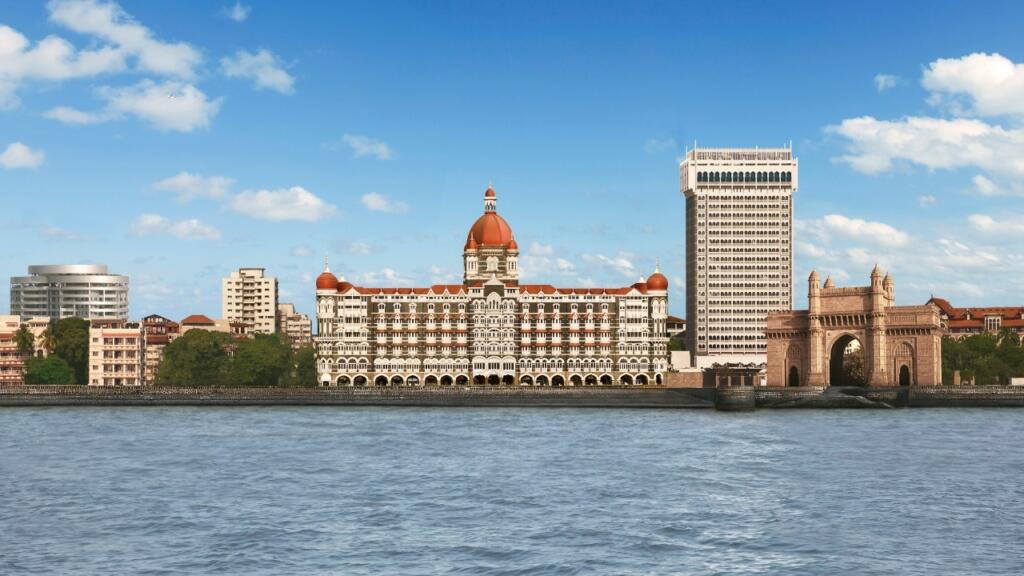Almost 77% of India’s tall buildings are located in Mumbai, a new report by CBRE South Asia reveals. Tall building construction in the city first began picking up speed in the 2000’s largely thanks to innovations in construction technology, a growing urban population, and healthy economic growth. And, since the city also boasts affordable prices, especially compared to other cities across the country, tall building construction remains cost effective.
The rise of tall buildings
Tall buildings are defined as any building that’s at least 150 meters tall or over. Mumbai is home to over 100 tall buildings – meaning the city ranks 17th worldwide and 14th in Asia. Mumbai’s first ever tall building – Usha Kiran – was completed back in 1961 (it was actually the first tall building in India). Shortly after, in the 1970s, several more tall buildings were constructed in Mumbai – namely, the Air India Building, Oberoi Trident, and Subhash Chandra Bose Tower in Kolkata. Yet, it wasn’t until the 2000s that the tall building construction boom finally occurred.
Construction: a hazardous industry
Construction is, of course, a particularly dangerous industry. In fact, it’s the second most hazardous sector for workers, responsible for around 38 fatal accidents everyday in India on average. Similar statistics can be seen around the world. For instance, in New York City over in the United States, a total of 554 injuries were recorded in the construction sector in 2022. Fortunately, construction accident lawyers can help individuals involved in construction injuries assess their legal options, and pursue maximum compensation for damages owed.
Development of tall buildings
The boom in construction of tall buildings in Mumbai is largely down to increasing population growth in the city, which occurred hand-in-hand with “wealth accumulation” among the population. Additionally, geographical conditions within Mumbai also spurred the need for tall buildings. Since the city’s located on a narrow peninsula almost completely surrounded by water, vertical construction is a useful solution to space constraints. The report also notes that over 90% of tall buildings in India are residential, while just 5% are office buildings. Since office buildings have greater water and energy demands, residential buildings take precedence over office buildings.
Mumbai certainly looks set to remain a leader in tall buildings into the future. “Tall buildings in such a scenario provide holistic urban solutions”, the report states. “The tall structures not only help reduce carbon emissions by creating compact environments with efficient mobility features, but they also offer branding opportunities, high-quality living standards, and presence in prime locations, attracting investors”.
